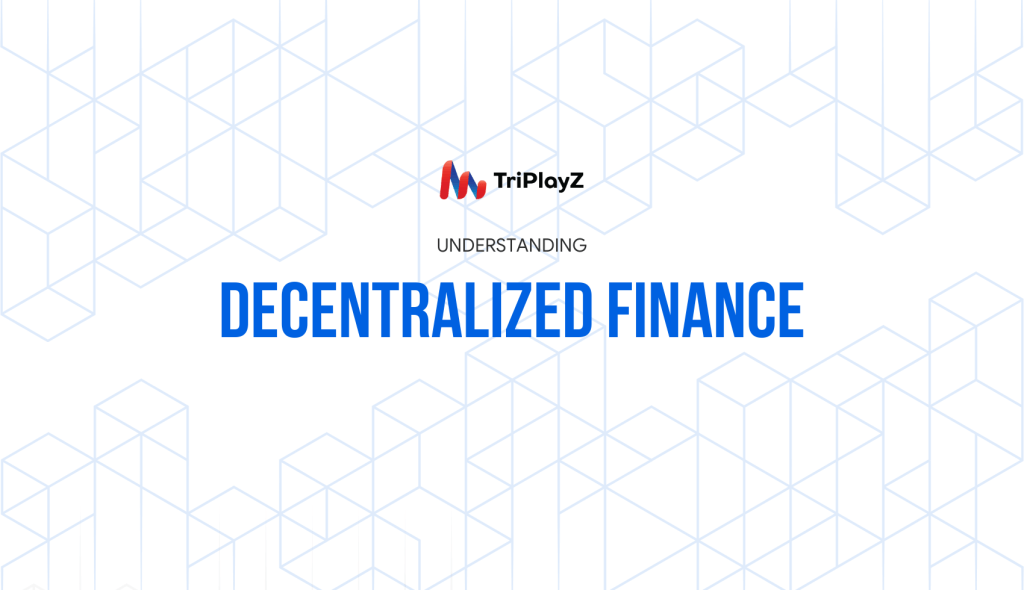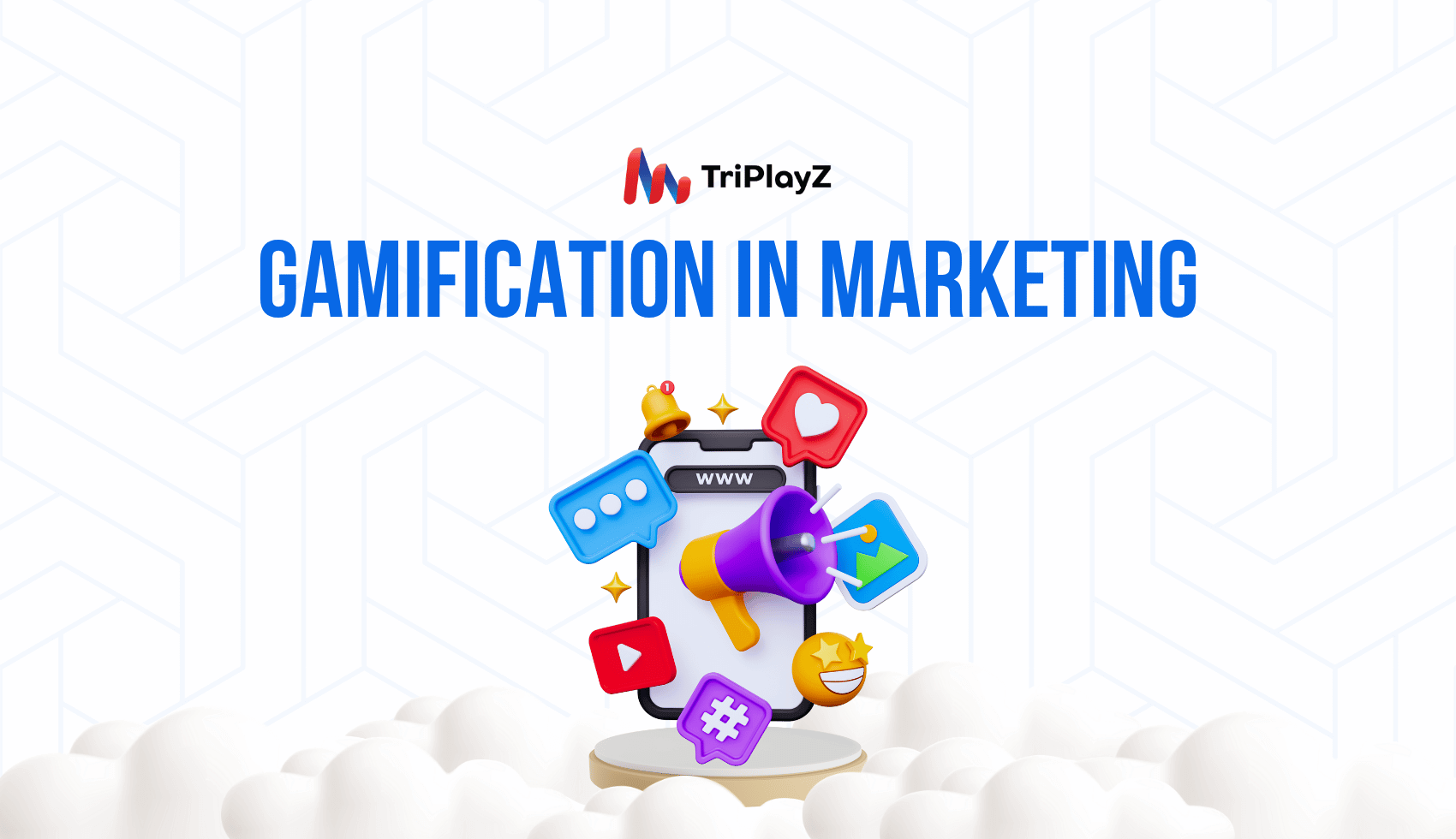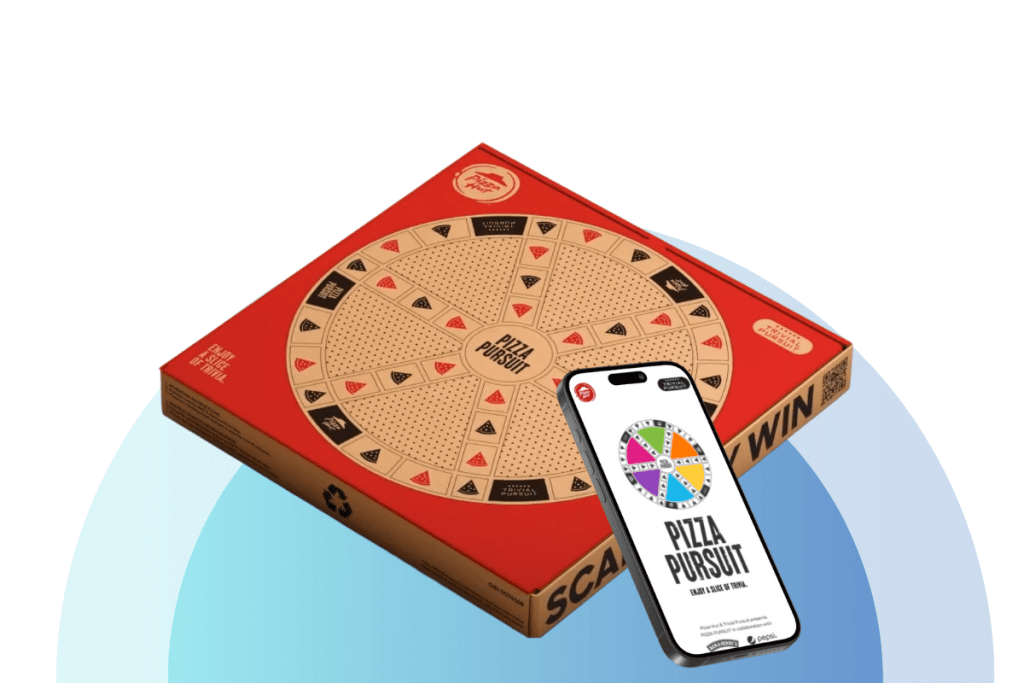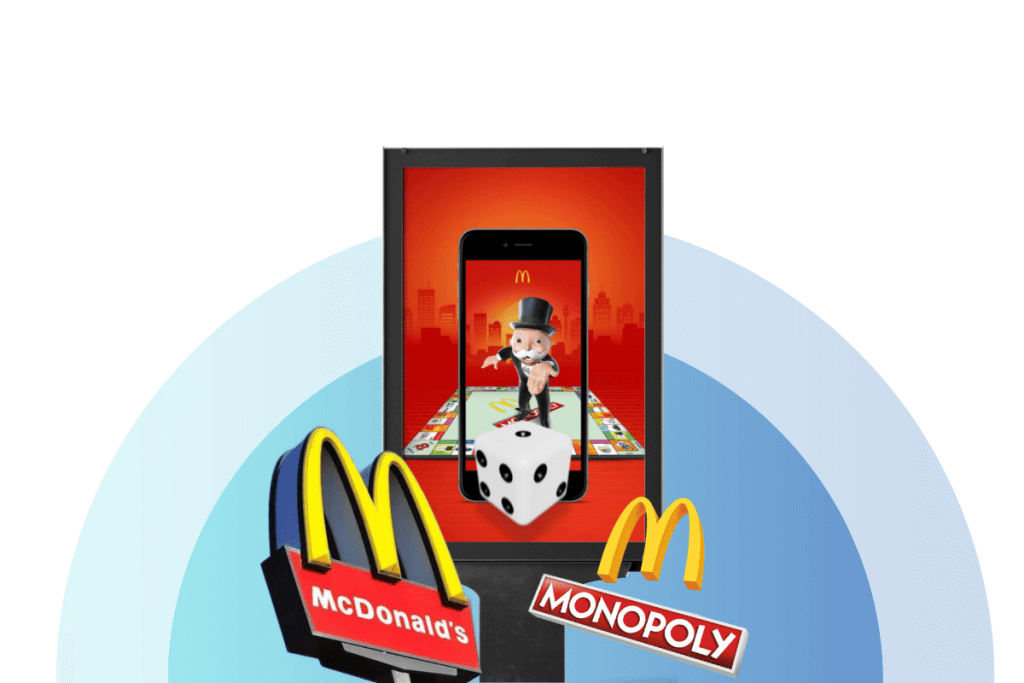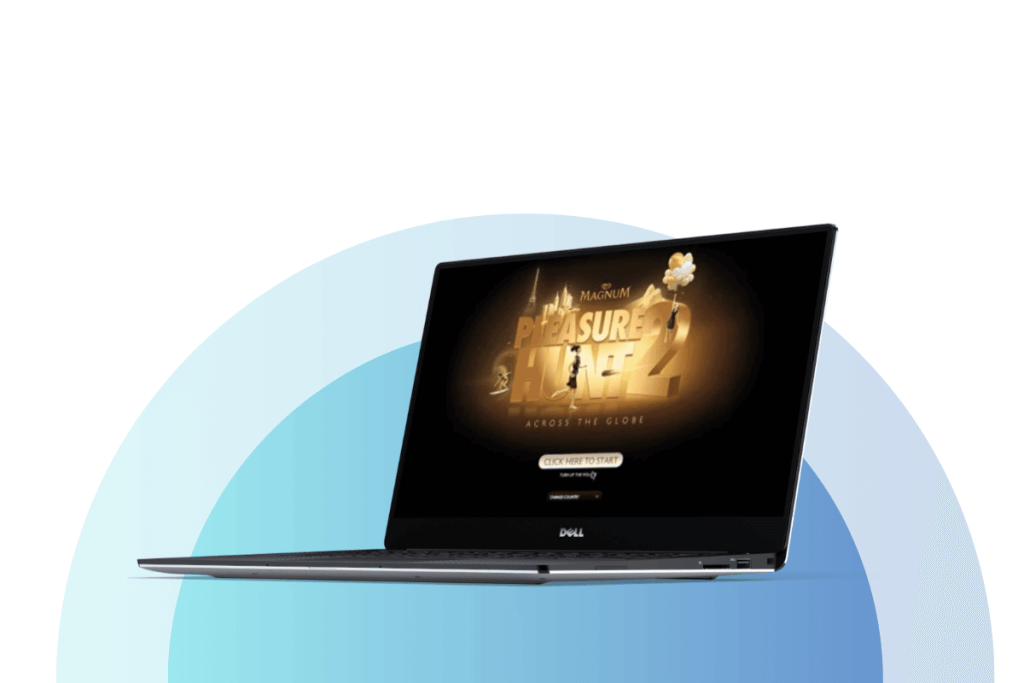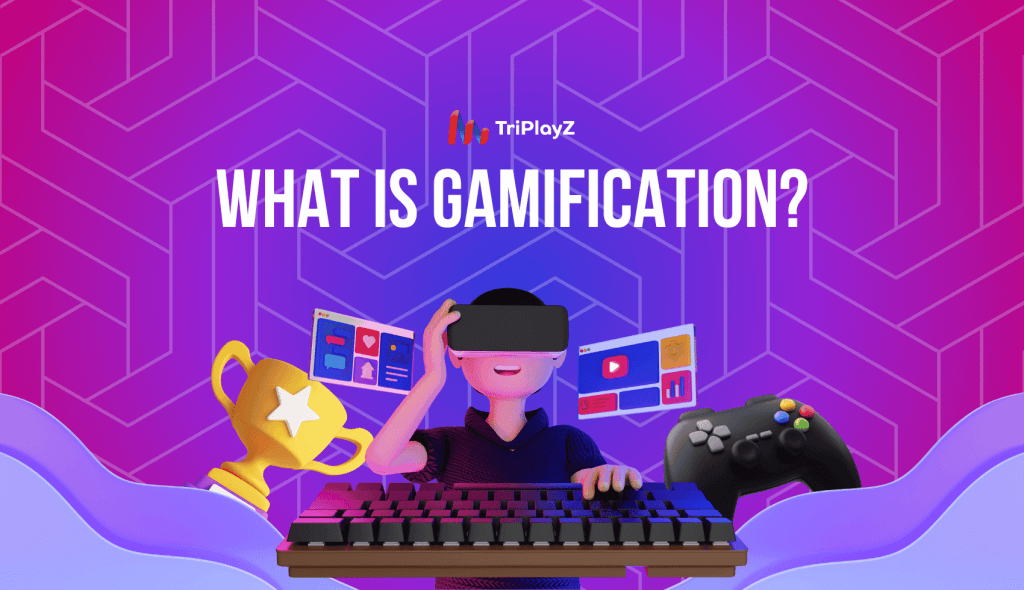4 Powerful Ways Gamification is Revolutionizing Modern Marketing
Gamification—the application of game mechanics in non-game environments—can be applied across various marketing channels, including social media and mobile apps. It offers unique and engaging experiences that help brands stand out. Successful gamification can lead to higher user participation and conversion rates and many big companies have already seen success with these strategies. Understanding the target audience is key to designing effective gamification strategies. As technology advances, the future of gamification in marketing looks promising. It offers endless possibilities for innovation and growth.
What is Gamification in Marketing
01
Definition & Meaning
Gamification in marketing refers to the use of game-like features in marketing campaigns. These include points, badges, and challenges. The goal is to engage customers in a fun and interactive way, transforms regular marketing into an immersive experience.
Key elements in gamification that marketers usually use:
Points and Rewards: Encourage users by awarding points or prizes.
Challenges and Quests: Motivate users to complete tasks
Leaderboards: Foster competition among users.
Badges and Achievements: Provide a sense of accomplishment.
By applying gamification, brands can craft more memorable experiences that boost both user awareness and loyalty. This strategy isn’t limited to a single platform — it works across websites, apps, and social media. To be effective, it must align with marketing goals and customer preferences. When done right, gamification helps build deeper audience connections and turns casual customers into loyal brand advocates.

Gamification campaigns help increase customer engagement by approximately 27%, according to a report by Wifitalents.
02
The Psychology Behind Gamification: Why It Works
Gamification works because it taps into fundamental human motivations. Rather than being just a trend, it’s a strategy built on psychological drivers — many of which are outlined in the Octalysis Framework developed by Yu-kai Chou. This model identifies 8 core drives that shape human behavior, and gamification uses them to boost engagement and loyalty.
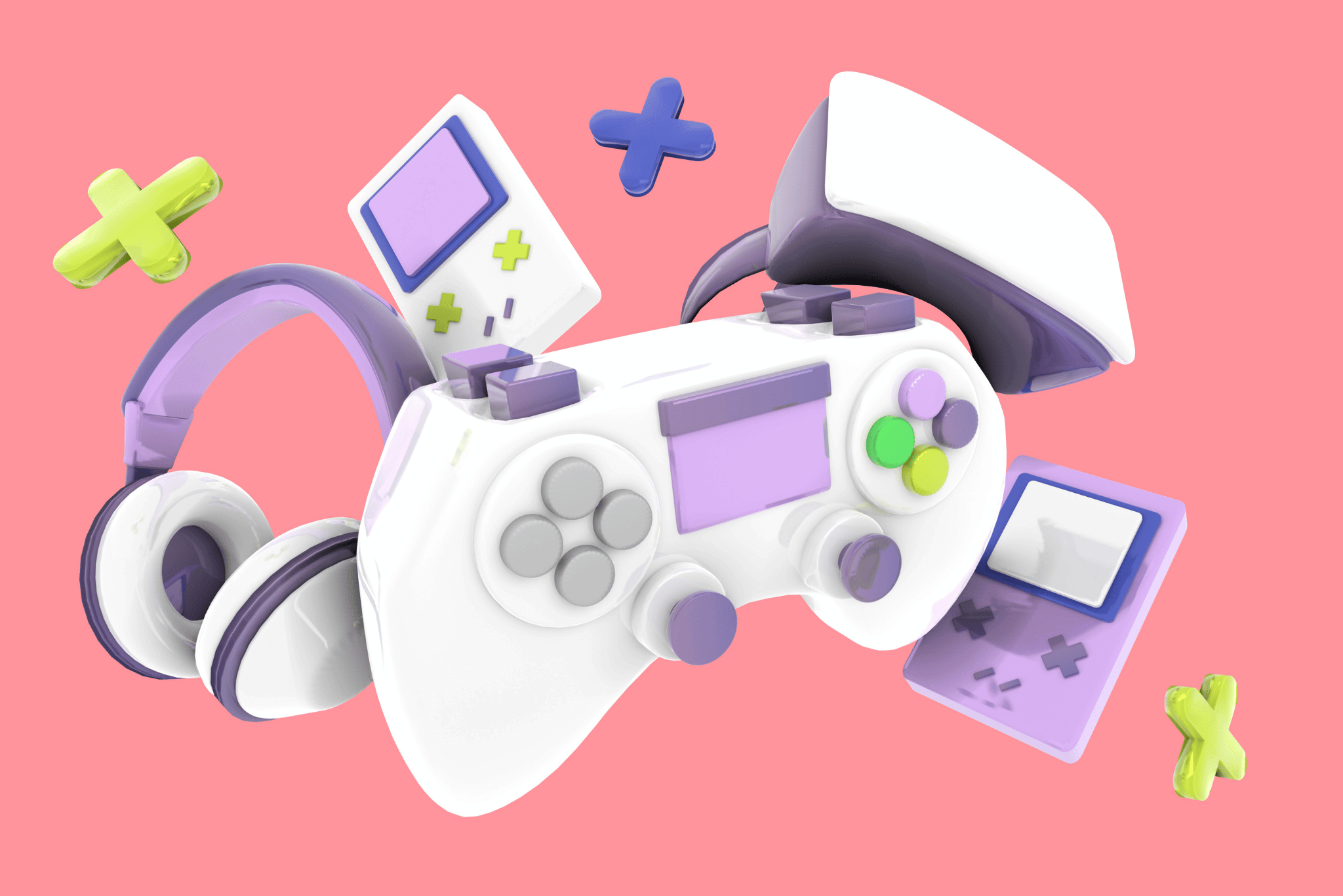
Gamification triggers dopamine — the brain’s reward chemical — when users accomplish goals or earn rewards.
Some elements that refer to the core concept of the model could be mentioned:
- Competition: People are naturally drawn to challenges and comparisons (Core Drive 2: Development & Accomplishment). Leaderboards and time-based challenges drive users to outperform others, increasing engagement.
- Reward and Achievement: Completing tasks and earning rewards triggers satisfaction and motivation (Core Drive 4: Ownership & Possession and Core Drive 2)
- Social Connection: Social sharing, collaboration, or even friendly rivalry stimulates Core Drive 5: Social Influence & Relatedness. This builds community and deepens user interaction with the brand.
Overall, gamification is not merely a marketing gimmick. It is a strategy grounded in understanding human behavior and leveraging it for enhanced consumer engagement and satisfaction.
✨By allowing users to set personal challenges, gamification creates a sense of autonomy. People become invested in their own progress and achievements.
Real-World Examples: Brands Winning with Gamification
Several brands have harnessed gamification effectively, setting benchmarks in interactive and engaging marketing. Through creative mechanics like point systems, challenges, and social sharing, they’ve managed to turn passive audiences into loyal brand participants. These techniques go beyond surface-level fun — they tap into psychology, behavior, and motivation.
Before we dive into proven strategies, let’s uncover how these brands are using gamification to create lasting impact and why it has become a game-changer in modern marketing.
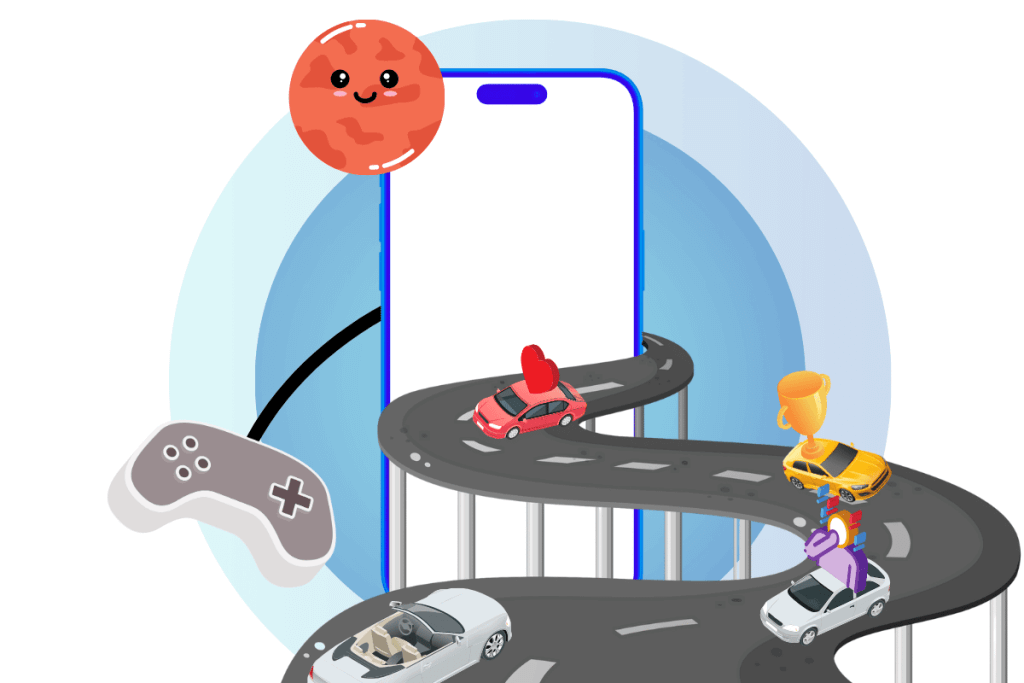
A good Gamification experience create boundless opportunities.
01
Pizza Hut - Pizza Pursuit
Pizza Hut partnered with Hasbro to launch a simple yet engaging trivia game. By scanning a QR code on the pizza box, customers can answer fun answered fun questions and competed with friends to win $10,000
The campaign delivered impressive results:
- 71.4% game completion rate
- 54% email opt-in conversion
- 34% increase in sales
Winning a 2022 Drum Award, Pizza Pursuit proves that simple gameplay and social sharing can drive strong engagement and sales impact.
02
McDonald - Monopoly Campaign
McDonald’s runs its signature Monopoly campaign annually across multiple markets. Customers collect game pieces from purchases for a chance to win prizes—from free food to cash and cars.
The campaign delivered impressive results:
- UK (2023): Attract 4.2M players, 77M plays, 99% digital participation
- Australia (2019): Increase 37% more plays, 124% redemptions, 409% app sales growth
- Hong Kong: Reached 92% awareness, 29% more visits, HK$7.8M PR value
This annual campaign keeps customers coming back and boosts both loyalty and revenue for the brand.
03
Magnum - Pleasure Hunt
Magnum’s Pleasure Hunt was a browser game where users chased chocolate across real websites, merging play with brand storytelling.
The campaign delivered impressive results:
- 2011: 7M players, 5-min average play, most tweeted global link
- 2012: 1M+ players in 1 month, 3.5-min playtime, 15M+ social impressions
This campaign set a benchmark for gamified branding, showing how interactive storytelling can emotionally connect with a global audience.
4 Powerful Ways to Implement Gamification in Your Marketing Strategy
Introducing gamification into your marketing strategy can be a transformative move. Begin by defining clear objectives that align with your broader business goals. This clarity ensures that your gamification efforts drive tangible results.
01
Keeping it simple
When creating your gamification plan, focus on simplicity. Complex elements might confuse users, so keep your game mechanics intuitive. Simple designs make for better user experiences.
Some common Gamification Techniques:
- Points and Rewards: Encourage actions and offer incentives.
- Challenges and Quests: Stimulate interest and encourage participation.
- Leaderboards: Foster competition and motivate users to engage frequently.
It’s crucial to continuously gather feedback from users. Understanding their experience can help refine and improve the system. User insights are invaluable in optimizing gamification features.
Remember: Mixing elements keeps the experience fresh for users.

02
Know your customer
Personalization elevates gamification by making it more relevant. Tailoring experiences to individual preferences enhances user engagement. Users feel more connected when the content aligns with their interests.
Data plays a critical role in this personalization process. Collecting and analyzing user data helps understand behaviors and preferences. This insight allows brands to offer personalized game elements that captivate audiences.
Leverage data to create segmented user profiles. Segmentation enables targeting users with relevant challenges and rewards. This approach maximizes engagement by meeting specific needs.
Tips for Effective Personalization:
- Analyze user behavior: Use analytics to understand preferences.
- Segment audiences: Group users by similar traits or interests.
- Tailor rewards: Offer incentives that resonate with user motivations.
Remember: keep user privacy in mind. Transparency in data usage builds trust and increases participation.

03
Make sure everybody sees it
Gamification is highly adaptable across marketing channels, enhancing brand interaction on platforms like social media, email, apps, and websites.
On social media, brands run challenges and contests to grab attention and boost visibility. In email marketing, interactive elements like quizzes and mini-games help improve open rates and click-through performance.
Mobile applications offer an optimal environment for mechanics such as point systems, levels, and rewards. In contrast, websites leverage elements like progress indicators and achievement badges to enrich the user experience.
Lastly, explore how gamification can work in physical retail locations. Interactive kiosks and loyalty programs make in-store shopping fun. These experiences drive more in-store visits.
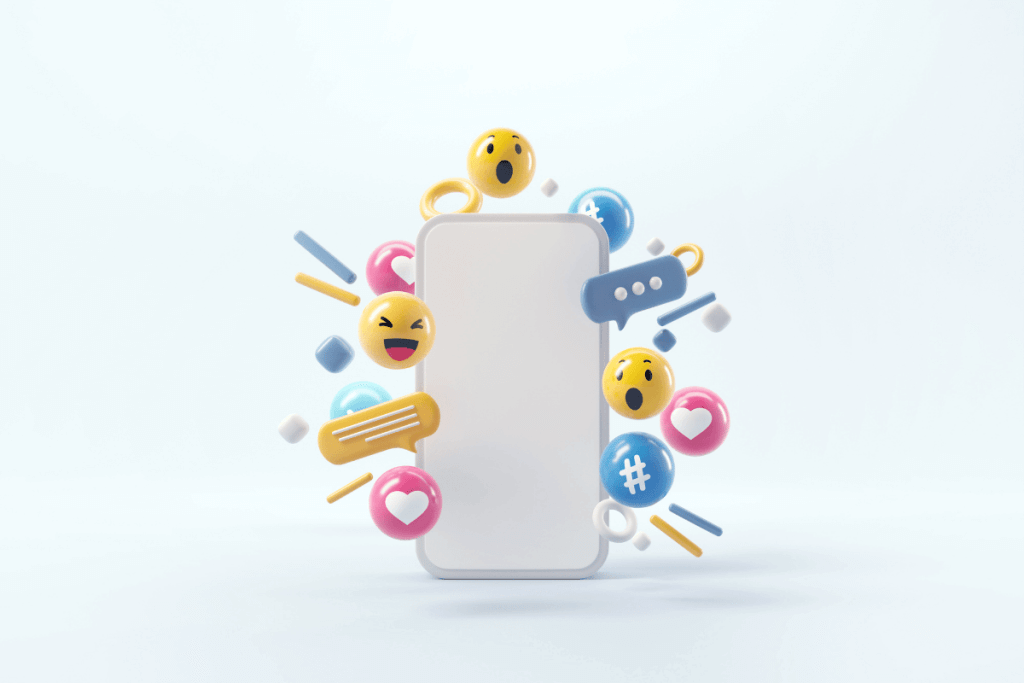
04
Measure your Gamification Campaign
Measuring the success of your gamification campaign is key to evaluating its impact. Start by setting clear objectives—knowing your goals makes it easier to track results.
Use analytics to monitor engagement, conversions, and user behavior. And don’t forget to gather feedback through surveys or in-app questions to fine-tune the experience.
Key Metrics to Measure:
- User Engagement: Interaction rates, session duration.
- Conversion Rates: Sales, sign-ups, leads generated.
- Customer Loyalty: Return visits, repeat purchases.
- Feedback Quality: User satisfaction scores and reviews.
Regularly review and adjust strategies. Let data-driven insights guide improvements, ensuring your gamification efforts stay effective. With proper measurement, marketers can continuously optimize campaigns for lasting impact and growth.
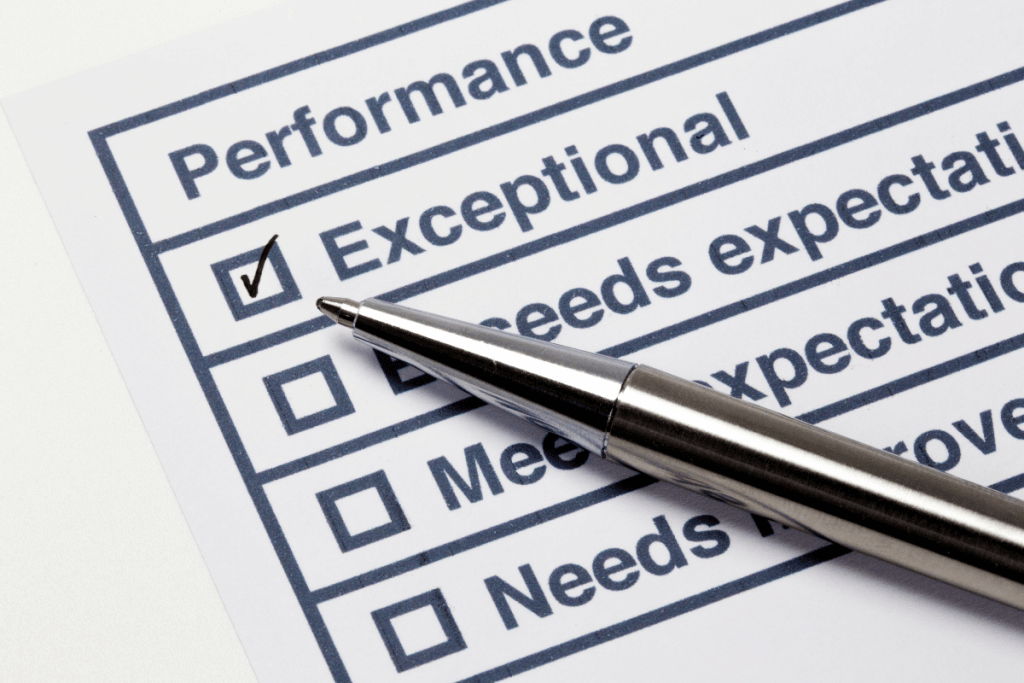
Consider this for your next Gamification ideas
Define what you want to accomplish
Customize the experience to their preferences
Use clear metrics to monitor performance and adjust your strategy for better results.
Find out more of our content
